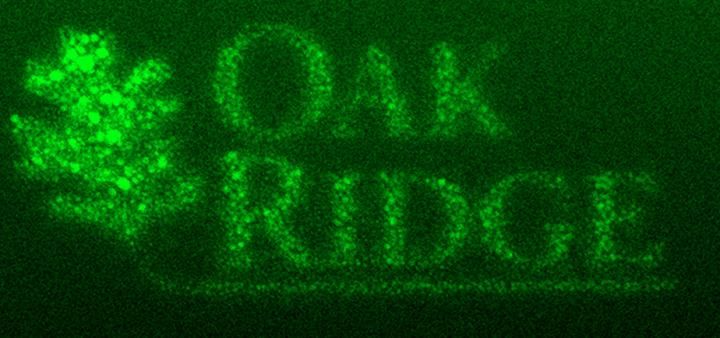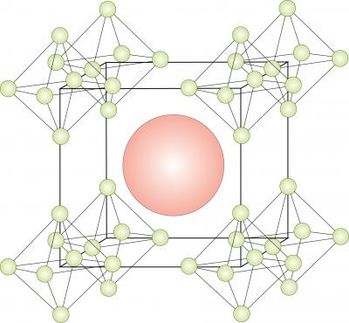Researchers design new graphene-based, nano-material with magnetic properties
A possible pathway to simply synthesize ferromagnetic graphene
An international team of researchers has designed a new graphite-based, magnetic nano-material that acts as a semiconductor and could help material scientists create the next generation of electronic devices like microchips.
The team of researchers from Virginia Commonwealth University; Peking University in Beijing, China; the Chinese Academy of Science in Shanghai, China; and Tohoku University in Sedai, Japan; used theoretical computer modeling to design the new material they called graphone, which is derived from an existing material known as graphene.
Graphene, created by scientists five years ago, is 200 times stronger than steel, its electrons are highly mobile and it has unique optical and transport properties. Some experts believe that graphene may be more versatile than carbon nanotubes, and the ability to make graphene magnetic adds to its potential for novel applications in spintronics. Spintronics is a process using electron spin to synthesize new devices for memory and data processing.
Although graphene's properties can be significantly modified by introducing defects and by saturating with hydrogen, it has been very difficult for scientists to manipulate the structure to make it magnetic.
"The new material we are predicting – graphone – makes graphene magnetic simply by controlling the amount of hydrogen coverage – basically, how much hydrogen is put on graphene. It avoids previous difficulties associated with the synthesis of magnetic graphene," said Puru Jena, Ph.D., distinguished professor in the VCU Department of Physics.
"There are many possibilities for engineering new functional materials simply by changing their composition and structure. Our findings may guide researchers in the future to discover this material in the laboratory and to explore its potential technological applications," said Jena.
"One of the important impacts of this research is that semi-hydrogenation provides us a very unique way to tailor magnetism. The resulting ferromagnetic graphone sheet will have unprecedented possibilities for the applications of graphene-based materials," said Qiang Sun, Ph.D., research associate professor with the VCU team.
Original publication: J. Zhou et al.; "Ferromagnetism in Semihydrogenated Graphene Sheet"; Nano Lett., August 31, 2009
Most read news
Topics
Organizations
Other news from the department science

Get the chemical industry in your inbox
By submitting this form you agree that LUMITOS AG will send you the newsletter(s) selected above by email. Your data will not be passed on to third parties. Your data will be stored and processed in accordance with our data protection regulations. LUMITOS may contact you by email for the purpose of advertising or market and opinion surveys. You can revoke your consent at any time without giving reasons to LUMITOS AG, Ernst-Augustin-Str. 2, 12489 Berlin, Germany or by e-mail at revoke@lumitos.com with effect for the future. In addition, each email contains a link to unsubscribe from the corresponding newsletter.
Most read news
More news from our other portals
See the theme worlds for related content
Topic world Synthesis
Chemical synthesis is at the heart of modern chemistry and enables the targeted production of molecules with specific properties. By combining starting materials in defined reaction conditions, chemists can create a wide range of compounds, from simple molecules to complex active ingredients.
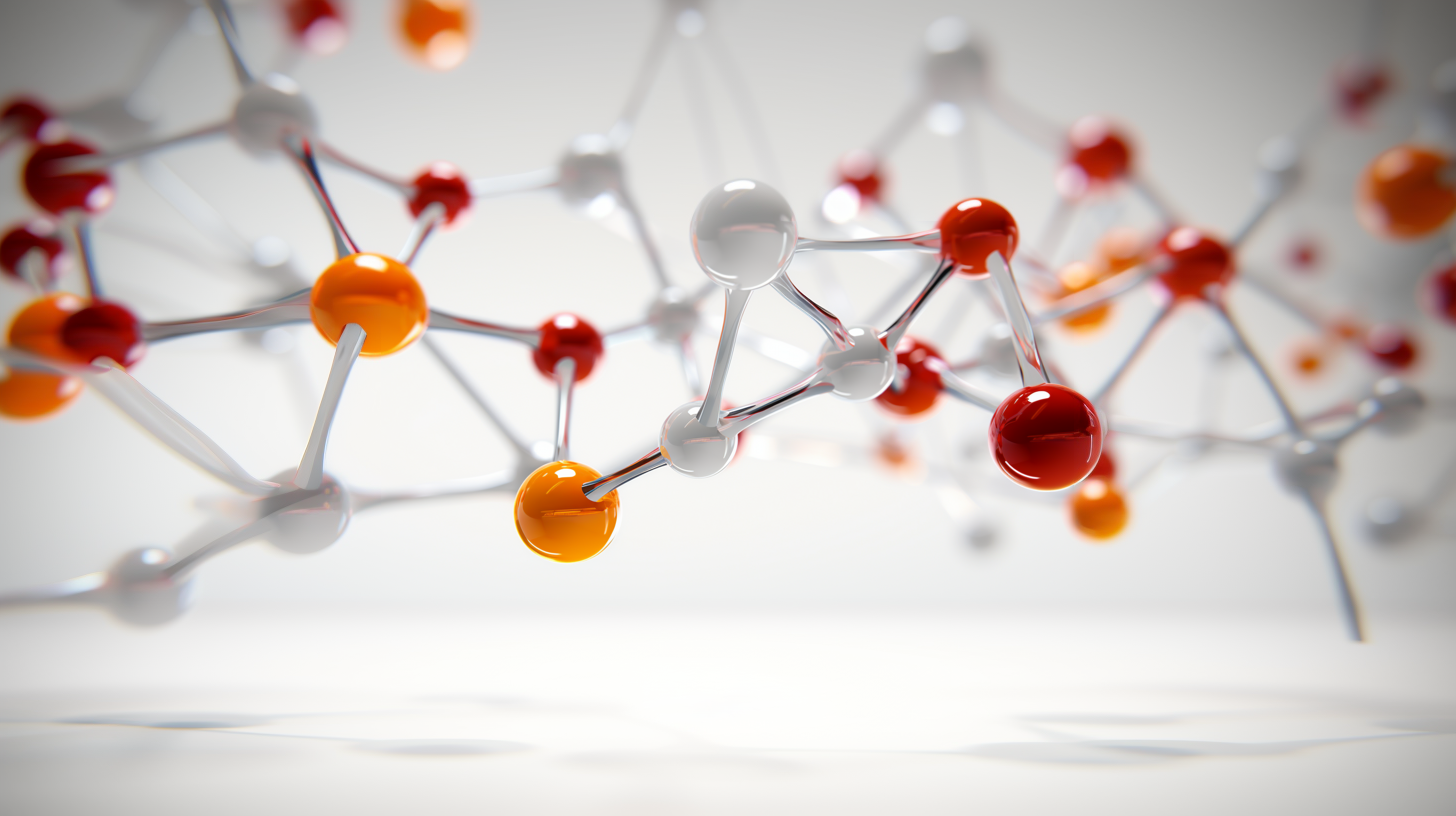
Topic world Synthesis
Chemical synthesis is at the heart of modern chemistry and enables the targeted production of molecules with specific properties. By combining starting materials in defined reaction conditions, chemists can create a wide range of compounds, from simple molecules to complex active ingredients.
Last viewed contents
Bees research shows not all neonicotinoids are the same
Particle_size_(general)
Category:EC_3.6
BIOTECHNICA and LABVOLUTION: Biologization and digitalization are top themes
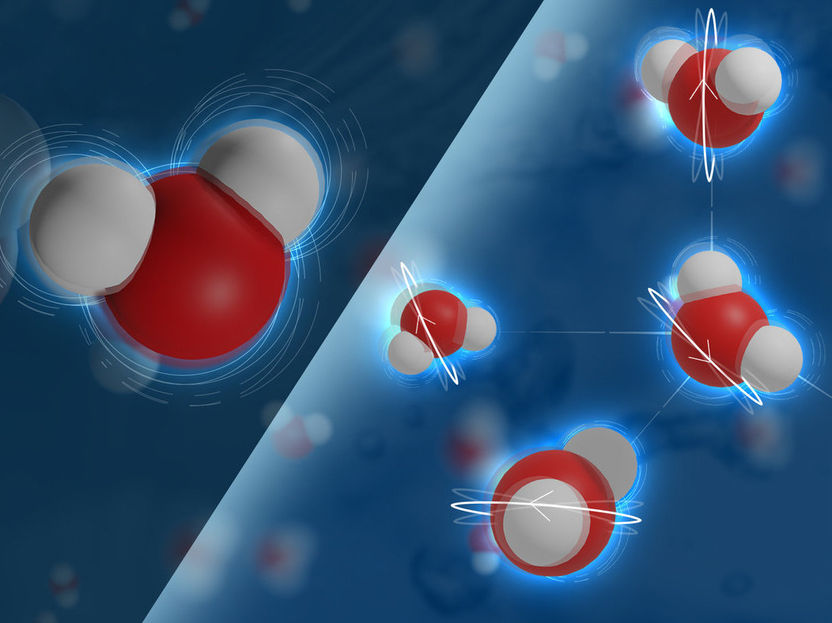
The Missing Step in the Water Warmup: First Bend and then Turn - New insights into how and how quickly the energy stored in a bent water molecule is dissipated into heat
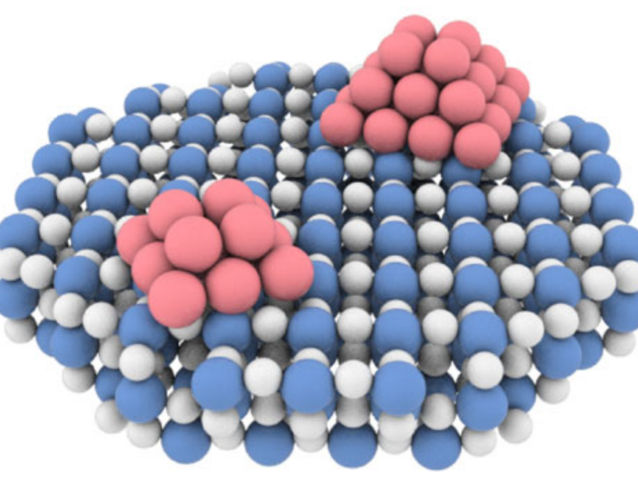
Researchers construct highly selective photocatalysts for nonoxidative coupling of methane - The transformation ability reaches the same level as that of thermocatalysis, but photocatalysis happens under relatively mild conditions
Star_of_Murfreesboro
Huntsman to Increase MDI and MDI-Based Systems Prices in Europe

Carbon Capture on Board Ships as a Valuable Transition Technology
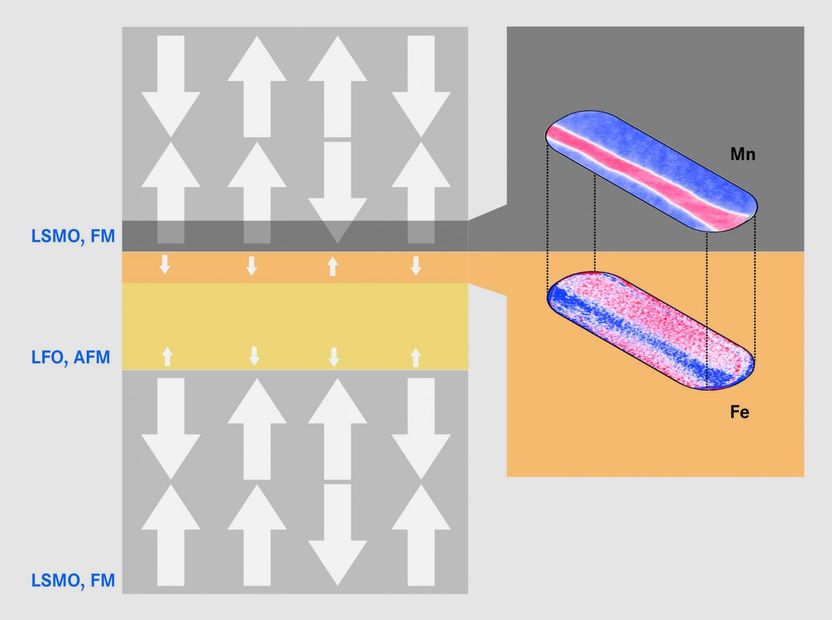
Insight into inner magnetic layers
